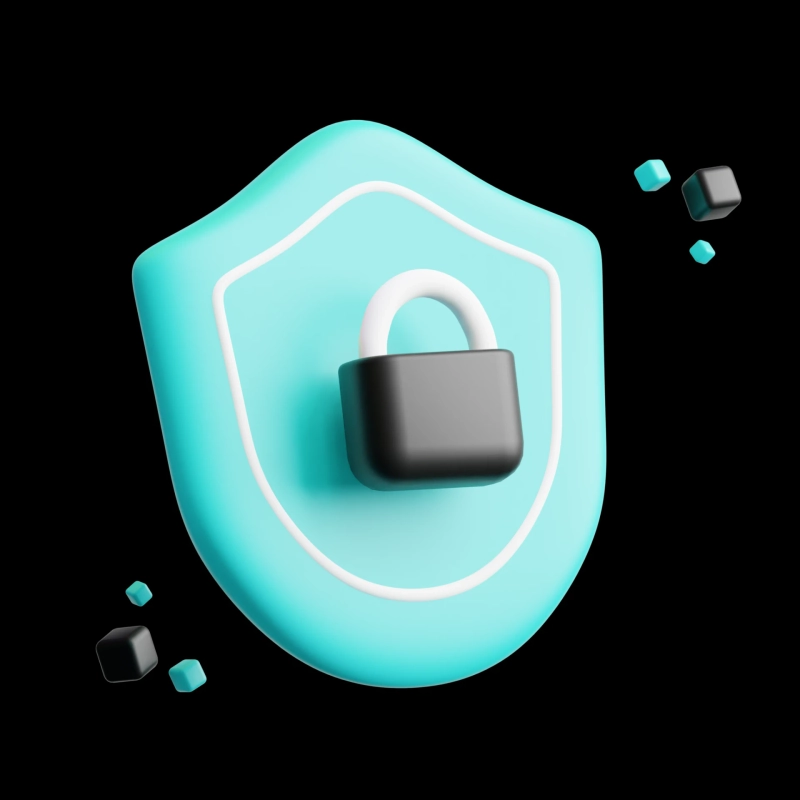Security Measures in Software Engineering
Software engineering firms place a high priority on implementing stringent security protocols right from the initial stages of prototyping and development. A comprehensive cybersecurity strategy is crucial for safeguarding against cyberattacks, preventing data breaches, and protecting sensitive information. To achieve robust product security, companies integrate specific methodologies and best practices throughout the entire software development lifecycle (SDLC).
Fundamental Security Practices
Product security is rooted in core principles such as confidentiality, integrity, availability, authentication, and authorization. These elements are vital to ensuring software security and controlling access to sensitive data. Confidentiality involves restricting data access to authorized users, using encryption and secure access controls. Integrity safeguards against unauthorized modifications, utilizing tools like digital signatures to ensure data authenticity. Availability focuses on minimizing downtime by employing redundancy strategies. Authentication builds trust by verifying user identities and access rights.
Integrating Security Throughout Development Stages
Software companies can build secure products by incorporating security measures at each stage of development, from planning to ongoing maintenance. During the planning phase, security requirements are identified, and potential risks are evaluated to create a solid foundation. In the design phase, secure architectural frameworks are established using principles like least privilege and defense-in-depth. Threat modeling is conducted to identify and mitigate potential risks early.
In the development phase, secure coding practices are followed to avoid common vulnerabilities such as SQL injection. Regular code reviews and automated testing tools help detect security flaws early. During testing, penetration testing and vulnerability scanning are employed to identify weaknesses before the product goes live.
For deployment, securing configuration management is key, including proper setup of the production environment and enforcing strict access controls. In the maintenance phase, companies ensure continuous security with ongoing monitoring, incident response protocols, and regular updates to guard against emerging threats.
Advanced Security Tools
To enhance security during development, software companies rely on specialized tools. Static Application Security Testing (SAST) scans source code for vulnerabilities before the product is launched, enabling early detection of issues. Dynamic Application Security Testing (DAST) identifies vulnerabilities in real-time, evaluating the software in actual operating conditions.
Additional tools such as Software Composition Analysis (SCA) examine third-party components commonly used in software projects to uncover potential vulnerabilities. For mobile applications, Mobile Application Security Testing ensures compliance with mobile-specific security standards. Many companies follow established security frameworks like OWASP and NIST for guidance on implementing best practices.
Building a Security-First Culture
Product security goes beyond just technical solutions—it involves fostering a culture of security within the organization. Educating developers and team members on security best practices helps ensure everyone is aware of current threats and secure coding techniques. Regular training and awareness programs ensure that employees understand their responsibility in maintaining software security and staying updated on the latest threats.
The principle of least privilege is adhered to by giving users only the minimum access necessary for their roles, reducing the risk of accidental or malicious misuse. Additionally, non-repudiation techniques like audit logs track system actions, making it easier to investigate incidents and maintain compliance.
Security as an Ongoing Commitment
Security is not a one-time task but an ongoing commitment. Continuous monitoring of systems helps detect unusual activity that may signal a security breach. Real-time monitoring of network traffic, user behavior, and application logs allows teams to respond quickly to security events. Incident response plans ensure that security incidents are managed efficiently, minimizing the impact of any breaches.
Regular updates and patches are essential for addressing new vulnerabilities, keeping security measures up to date. Security checks during deployment and periodic assessments ensure that the software remains secure even after release.
Balancing Security and Development Speed
While security is vital, companies must also maintain development speed. Achieving a balance involves integrating security tools and automating security checks, such as automated code reviews and vulnerability scans. This approach enables teams to deliver secure software rapidly without disrupting development workflows or hindering innovation.
ChannelNext: Comprehensive Cybersecurity for Software Companies
Given the increasing frequency of cyber threats and the need for strict security compliance, ChannelNext offers specialized cybersecurity services for software companies in Dubai. Our services include Email Security, network protection, vulnerability assessments, and comprehensive data protection, ensuring your software products remain secure from development through to deployment. At ChannelNext, we understand that strong security is essential for business success, and we are committed to helping you build robust defenses for long-term safety.
Prioritize your security with ChannelNext, where intelligent solutions and expert knowledge provide reliable protection.


